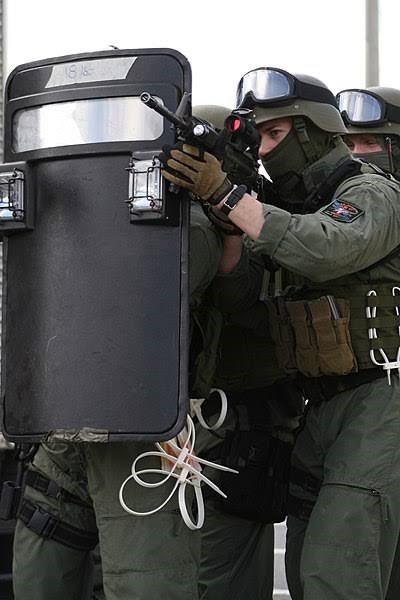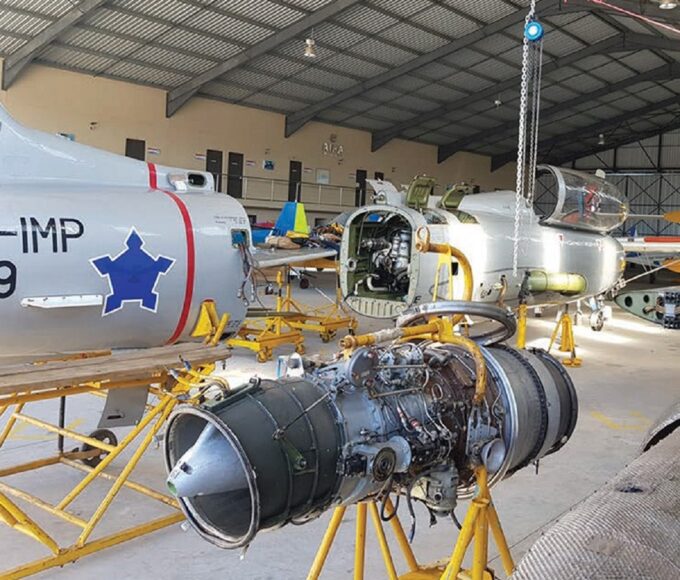MODERN MILITARY UNIFORMS BECOME HIGH-TECH SHIELDS FOR THE BATTLEFIELD

Modern military uniforms have undergone a quiet revolution. No longer just fabric patterned for concealment, they now function as high-tech protective systems engineered to boost performance, enhance safety, and keep soldiers alive in increasingly hostile environments. Nowhere is this transformation more visible than in land and army operations, where troops must adapt to deserts, mountains, jungles, and rapidly shifting battle conditions.
Across Africa and beyond, uniforms have evolved into multi-layered “second skins.” The Nigerian Army’s latest combat dress blends infrared-defeating dyes with moisture-wicking textiles a combination that keeps soldiers hidden from night-vision devices while offering relief in tropical heat. The shift reflects a global movement toward uniforms designed not just to blend in, but to actively support the wearer’s endurance and awareness.
Related Article: CYBER ESPIONAGE WARS: HOW GLOBAL POWERS USE AFRICA AS A BATTLEGROUND
At the core of this evolution is the rise of smart, rugged textiles. Materials such as flame-resistant Nomex, ballistic nylon, and lightweight ripstop fabrics offer protection against fire, shrapnel, and tearing. South Africa’s forces, for example, have adopted modular designs featuring removable knee pads and elbow inserts, allowing troops to tailor their gear to specific missions. Weight reduction has also become a priority: modern uniform systems can be up to 30 percent lighter than those of the 1990s, significantly improving mobility in the field.
Camouflage remains a central feature but it has grown far more complex. Today’s patterns are designed to defeat both human eyesight and machine surveillance. Pixelated, multi-terrain schemes like the U.S. Army’s OCP or Britain’s MTP disrupt outlines across multiple wavelengths, reducing visibility to thermal cameras and night-vision optics. African militaries are catching up quickly. Kenya’s Defence Forces now deploy locally developed digital patterns tailored to savanna and forest environments, offering improved concealment against increasingly common drone reconnaissance.
Ergonomics has also moved to the forefront of uniform design. Combat is physically relentless, and fatigue can be deadly. To counter that, new uniforms incorporate breathable mesh, articulated joints, and adjustable fits that accommodate a wider range of body types, including a growing number of female soldiers. India’s FR-OG uniform introduces anti-microbial linings to combat infections in humid climates, while integrated load-bearing systems distribute gear weight more evenly, reducing musculoskeletal injuries by as much as 40 percent, according to military medical reports.
Technology is pushing uniforms into entirely new territory. Embedded sensors once confined to special forces are entering mainstream use. These smart systems monitor vital signs such as heart rate, body temperature, and hydration levels, relaying data to command centers.
Israel’s “smart uniform” prototypes even detect bullet impacts using pressure-sensitive threads, automatically alerting medics. France’s FELIN system goes a step further, weaving GPS and communication hardware directly into the fabric. For African armies, the cost of such cutting-edge gear remains a hurdle, but partnerships with Chinese manufacturers are making biometric shirts and similar technologies more accessible to elite units in Nigeria, Ethiopia, and elsewhere.
Sustainability is also shaping procurement strategies. With rising awareness of environmental impact, militaries are turning to recycled polyester, bio-based dyes, and circular manufacturing models. The Dutch Army’s “green uniform,” made partly from ocean-recovered plastics, illustrates a shift that aligns with UN peacekeeping sustainability goals. In West Africa, Ghana has taken a more pragmatic approach: repurposing decommissioned uniforms into civilian workwear and textiles, extending their lifespan while supporting local industries.
Uniforms also carry psychological weight. They foster identity, discipline, and cohesion among troops, while signaling strength to adversaries. Morocco’s Royal Armed Forces blend cultural motifs with modern tactical cuts, reinforcing national pride. On the opposite end of the spectrum, emerging adaptive camouflage systems such as prototypes from Hyper stealth Biotechnology promise patterns that shift in real time, creating an illusion of invisibility that could deter aggression without a shot fired.
The next frontier is full system integration. Militaries are testing exoskeletons that reduce fatigue, augmented-reality visors that map battlefields, and self-healing fabrics infused with microscopic tubes that mend small tears automatically. DARPA and China’s NORINCO are among the institutions pushing these boundaries. For African nations, the challenge will be adopting such technologies without sidelining local manufacturing potential.
As climate change intensifies heat, humidity, and operational unpredictability, the modern military uniform is becoming more than attire it is a shield, a sensor, and a tactical advantage. In an era where the battlefield is evolving as rapidly as the technology that defines it, what soldiers wear may prove as critical as the weapons they carry.
King Richard Igimoh, Group Editor ALO
King Richard Igimoh, Group Editor African Leadership Organisation is an award-winning journalist, editor, and publisher with over two decades of expertise in political, defence, and international affairs reporting. As Group Editor of the African Leadership Organisation—publishers of African Leadership Magazine, African Defence & Security Magazine, and Africa Projects Magazine—he delivers incisive coverage that amplifies Africa’s voice in global security, policy, and leadership discourse. He provides frontline editorial coverage of high-profile international events, including the ALM Persons of the Year, the African Summit, and the African Business and Leadership Awards (ABLA) in London, as well as the International Forum for African and Caribbean Leadership (IFAL) in New York City during the United Nations General Assembly.
Recent Posts
Categories
- Air & Aerospace15
- Border Security14
- Civil Security3
- Civil Wars4
- Crisis4
- Cyber Security4
- Defense15
- Diplomacy17
- Entrepreneurship1
- Events5
- Global Security Watch6
- Industry6
- Land & Army7
- Leadership & Training3
- Military Aviation2
- Military History27
- Military Speeches1
- Naval & Maritime8
- Resources1
- Security12
- Special Forces1
- Systems And Technology8
- Tech6
- Uncategorized3
- UNSC1
- Veterans6
- Women in Defence9
Related Articles
NAVIGATING THE SKIES: WHY MILITARY AIRCRAFT MAINTENANCE IS AFRICA’S NEXT AVIATION IMPERATIVE
Africa’s aviation industry is at a defining moment. On one side, commercial...
ByKing Richard Igimoh, Group Editor ALOOctober 2, 2025











Leave a comment